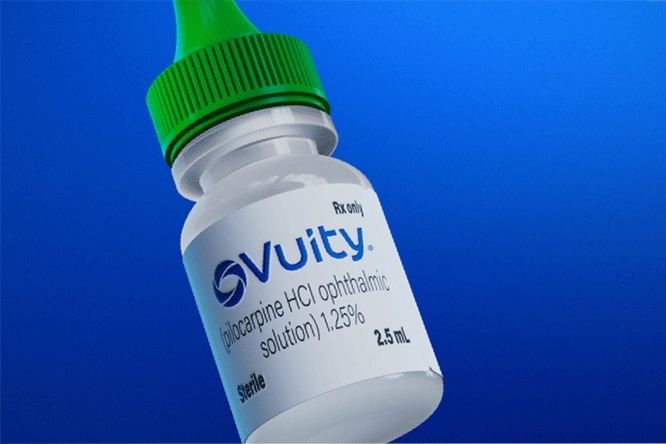
Primary and Secondary Line of Chemotherapy in Tuberculosis
(a) Primary Line of Chemotherapy
The primary line of chemotherapy for tuberculosis (TB) consists of a standard regimen known as the “RIPE” therapy, which includes:
- Rifampicin (RIF): An antibiotic that inhibits bacterial RNA synthesis.
- Isoniazid (INH): A drug that interferes with the synthesis of mycolic acids in the bacterial cell wall.
- Pyrazinamide (PZA): A prodrug that is converted to pyrazinoic acid, which disrupts mycobacterial membrane metabolism and transport functions.
- Ethambutol (EMB): An agent that inhibits the synthesis of arabinogalactan, an essential component of the mycobacterial cell wall.
This combination is typically administered for a duration of 6 months for drug-susceptible TB.
(b) Secondary Line of Chemotherapy
Secondary line treatments are used when there is resistance to first-line drugs or when patients experience severe side effects. These include:
- Fluoroquinolones: Such as levofloxacin or moxifloxacin, which inhibit bacterial DNA gyrase.
- Injectable agents: Such as amikacin, kanamycin, or capreomycin, which are used in more severe cases.
- Linezolid: An oxazolidinone antibiotic effective against resistant strains.
- Bedaquiline and Delamanid: Newer agents specifically developed for multidrug-resistant TB.
Possible Side Effects of Anti-TB Drugs
- Rifampicin: Hepatotoxicity, orange discoloration of bodily fluids, flu-like symptoms.
- Isoniazid: Hepatotoxicity, peripheral neuropathy (prevented by pyridoxine), seizures.
- Pyrazinamide: Hepatotoxicity, hyperuricemia leading to gout.
- Ethambutol: Optic neuritis leading to vision changes.
Short Term Chemotherapy of Tuberculosis According to Classification
Short-term chemotherapy is classified based on the type and severity of TB:
- Pulmonary TB (Drug-Susceptible):
- Standard treatment involves a 6-month regimen with RIPE therapy as mentioned above.
- Extrapulmonary TB:
- Treatment duration may vary; however, a similar 6-month regimen is often employed depending on the site affected.
- Severe Forms (e.g., Miliary TB):
- May require prolonged treatment beyond 6 months and close monitoring due to potential complications.
DOTS Strategy in Tuberculosis
The Directly Observed Treatment Short-course (DOTS) strategy is a globally recognized approach to TB management developed by the World Health Organization (WHO). It includes five key components:
- Political Commitment: Ensuring government support for TB control programs.
- Case Detection through Sputum Microscopy: Early identification of infectious cases using reliable diagnostic methods.
- Standardized Treatment Regimen with Supervised Intake: Administering a standardized short-course treatment under direct observation to ensure adherence and completion.
- Regular Drug Supply: Ensuring uninterrupted availability of quality anti-TB drugs.
- Monitoring and Evaluation System: Tracking treatment outcomes and program performance through systematic data collection.
Role of Corticosteroids in the Treatment of Tuberculosis
Corticosteroids play a supportive role in specific forms of tuberculosis where inflammation contributes significantly to morbidity:
- Tuberculous Meningitis: Corticosteroids can reduce inflammatory complications and improve outcomes when given alongside anti-TB therapy.
- Pleural Effusion or Pericarditis due to TB: They help manage inflammation and fluid accumulation but should be used cautiously alongside anti-TB medications.
Corticosteroids are not routinely recommended for uncomplicated pulmonary tuberculosis due to potential adverse effects on immune response.
Treatment Outline for Multi-Drug Resistant (MDR) Tuberculosis
MDR-TB is defined as resistance to at least rifampicin and isoniazid, necessitating specialized treatment regimens:
- Extended Duration Therapy: Typically lasts 18-24 months or longer based on susceptibility testing results.
- Second-Line Drugs Combination Therapy:
- Use fluoroquinolones combined with injectable agents like amikacin or kanamycin along with other second-line oral agents such as linezolid or clofazimine depending on resistance patterns.
- Individualized Treatment Plans: Based on drug susceptibility testing results; careful monitoring for side effects is crucial due to increased toxicity risk associated with second-line drugs.
In some cases, newer agents like bedaquiline or delamanid may be included in treatment regimens tailored specifically for MDR-TB patients.







